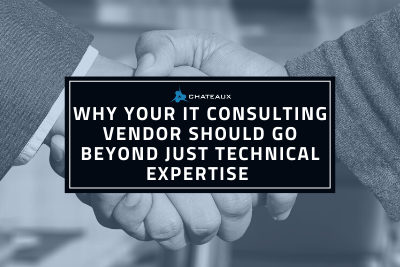By Sam Somashekar, Senior Product Management / Marketing / Strategy Consultant
When implementing a new BI solution, you typically hear the term “organizational readiness”. This refers to the preparation of an organization to use analytics, including training on BI tools and proper data use; establishing processes for support; and shifting or acquiring people with the skills to fill necessary BI roles.
But it is important to note that organizational readiness is not a one-and-done execution model. It must be a continuous effort. As BI adoption within an organization increases, BI solutions will be updated with new platform versions, new capabilities, and potentially new front-end BI tools. The situation will be unique in each company, however, over time the skills of BI users will evolve and new use cases will be created. In other words, the notion of being an Analytics Ready Organization (ARO) requires an ongoing effort that must be data-driven.
Using KPIs for an ARO, just as they are used for business goals and drivers, enables you to track the value of analytics initiatives, whether it is revenue growth, brand awareness, process optimization, or greater visibility into the health of the business. By establishing key measurement areas and tracking their associated metrics, you can develop a culture of change that is based on facts. For example, if your BI analysts have generated analytics that drove $1M in investment spend while at 150% capacity, which resulted in revenue that exceeds the investment, it would make sense to add more BI analysts and continue the upward trend.
Becoming an ARO involves taking into account the current state of your organization’s culture and skillsets while also understanding future business goals and drivers. A change roadmap is an important tool used in the ARO process to help you understand how an organization will evolve over time around analytics. A change roadmap should include measurement areas, metrics, and triggers to show how decisions will be made on advancing the organization. With a good understanding of the existing roles, skillsets, and BI goals, you can gain organizational context to help make these decisions. For example, some managers may only want to see a dashboard, while others may want to actually explore the results they are visualizing. Another imperative role in ARO development is BI education and training. This person or team is involved in the testing of new and updated BI solutions in order to revise the training plans to match. Marketing also becomes a vital part of the analytics evolution to ensure that all stakeholders have a voice and are able to collaboratively grow the BI solution and its use.
Transforming into an Analytics Ready Organization is more than just defining roles and responsibilities, placing people in the right spots, and giving them a one-time training. It is about evolving the organization to continuously improve with the increased use of analytics and data.










